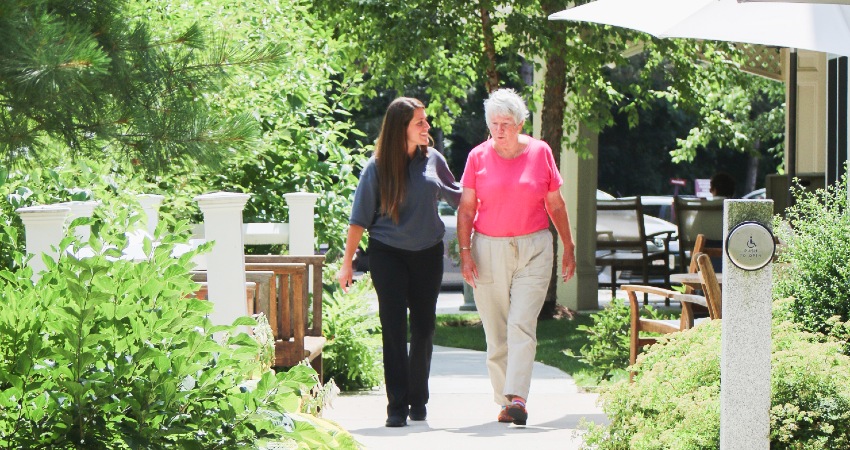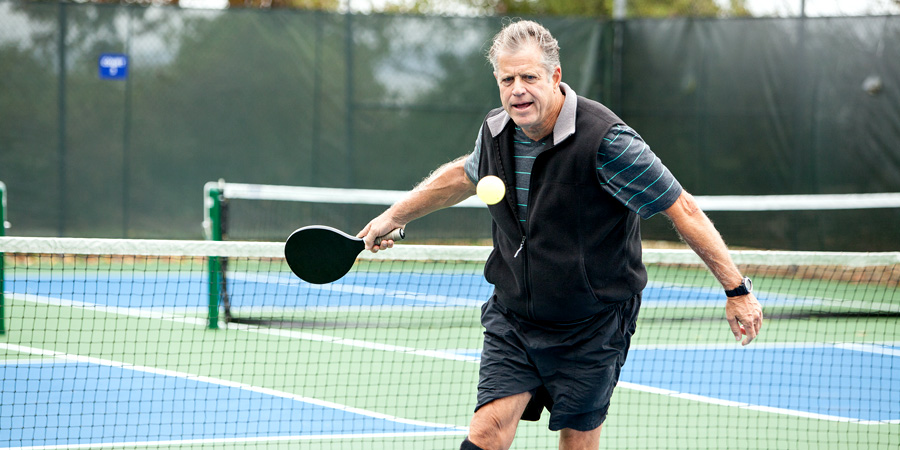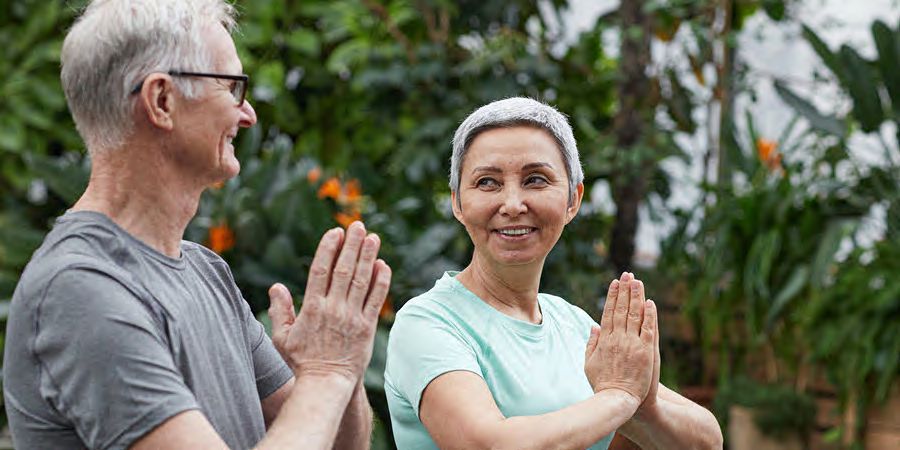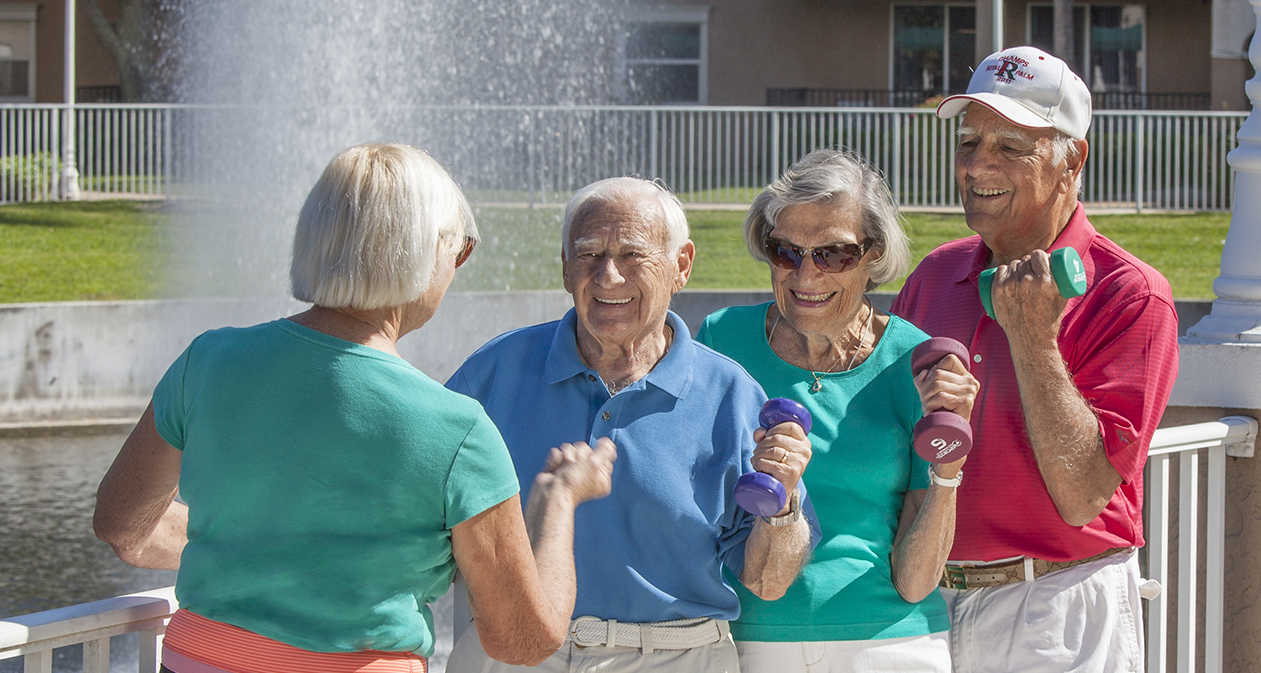Top 7 Functional Exercises for Older Adults Open What is Functional Exercise?
June 7, 2021
What is Functional Exercise?
It’s a type of fitness training designed to train and develop your muscles to do things you do every day more easily and safely, whether it’s bending down to garden or playing basketball with your grandkids. Functional fitness exercises mirror everyday movements to train your muscles to work together for their daily tasks, whether for home, work or play.
For example, a squat is a functional exercise because it works the muscles you use to crouch down to pull a weed in that garden. A standing rowing movement trains the muscles you use to pull open a stubborn dresser drawer. A hip rotation helps you swivel to steal the basketball from your surprised grandchild.
Functional exercises are particularly beneficial for older adults because they mimic common activities, train several muscle groups simultaneously and in general require little specialized equipment. You can do many of them in your own home.
The Functional Exercise Movement
Although functional exercise training has been around a long time, it began growing in popularity about 10 years ago, according to Kathryn Cunningham, Ageility fitness programming and training specialist. “Functional exercise has become more established in the fitness industry,” said Kathryn. “It helps improve both stability and mobility. Done at a higher level, it can help athletes improve how they play sports, but we fitness trainers for older adults also find it useful for increasing one’s capacity to perform activities of daily living, or ADLs.”
That capacity can be thought of as functional fitness, said Andrew Walker, director of health and wellness for the National Senior Games Association.
“The physical capacity to perform ADLs in a safe and independent manner without undue fatigue is one way to define functional fitness,” said Andrew, who works with elite senior athletes as well as other older adults. “It’s about efficiency. Functional fitness involves training with specificity—specific movements and specific patterns to enable moving more efficiently.”
But functional exercises aren’t just for elite athletes, Andrew said. “For seniors who are not competing athletically, functional fitness is significant, since it is directly related to one’s ability to perform activities of daily living.”
Try for yourself: A functional exercise workout
With that in mind, here’s a complete workout featuring seven functional exercises to help you increase your own capacity to move through your day more easily and safely—and with greater enjoyment. Watch our video below as Ageility personal fitness trainer Jessica Lime takes you through the workout step-by-step.
| Functional Exercise | Actions/Activities It Supports (Examples) |
| Squat | Picking up objects dropped on the floor; lifting objects |
|---|---|
| Lunge | Walking; climbing stairs; maintaining balance |
| Push-up (from floor, incline and wall) | Pushing; breaking a fall; tasks requiring upper body strength |
| Standing row | Pulling; lifting; carrying; opening doors and drawers |
| Hinge | Walking or running uphill; unloading the dishwasher; raking or shoveling; lifting a small child |
| Rotation (using exercise band) | Walking; running; crouching; stepping into a bathtub; putting on pants |
| Walk | Walking; general mobility; getting from door to car; moving about one’s home |
So get moving—gently—and good luck!
Find functional fitness training for yourself or your community
At Ageility, your potential is our passion, a reason we are a proud association partner of the National Senior Games Association. Interested in a functional exercise program for yourself or your senior living community? Find an Ageility clinic or learn more about the benefits of Ageility partnerships.




